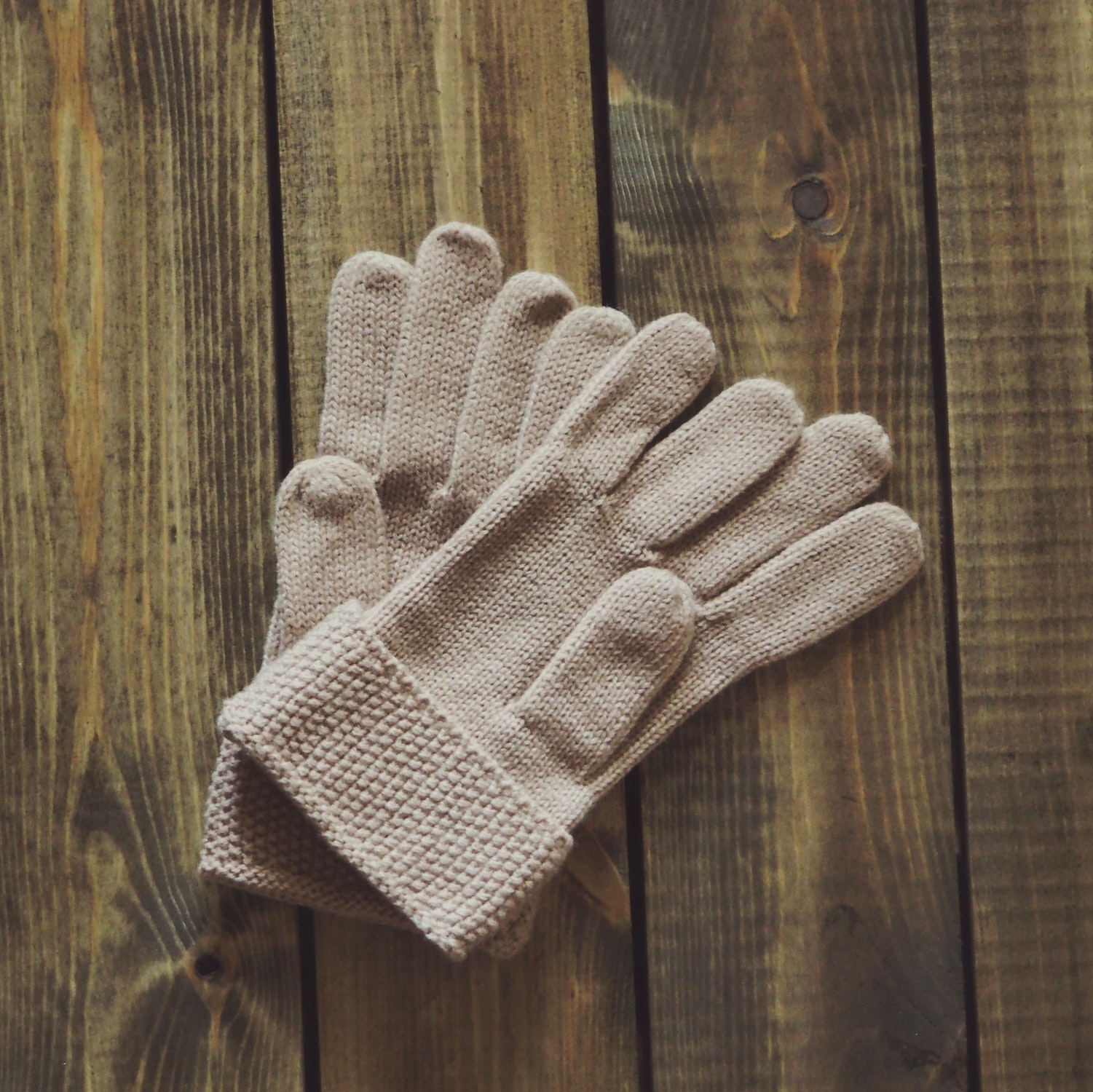
What is Reynaud’s Disease?
Raynaud’s disease (Ray-nodes) means that the small blood vessels in the extremities such as the hands, feet, fingers or toes are over-sensitive to even the slightest changes in temperature, cold conditions and sometimes emotional stress.
When our bodies are exposed to the cold, a normal response is for the blood vessels to become narrower. When someone has Raynaud’s this reaction may be much more extreme. It will sometimes cause a noticeable colour change to the affected areas, with the skin turning white, then blue and finally to red as the circulation returns. This is known as a Raynaud’s attack.

Reynaud’s can affect your fingers, toes, the bottom of your feet, your lips, tongue, nose, nipples and lungs. While Reynaud’s can occur by itself, it can also be secondary to conditions like lupus.
How does exercise affect Reynaud’s?
Reynaud’s tends to be more of an annoyance than a real barrier to exercising. It can cause you to drop what is in your hands if you can’t feel what you’re holding properly, or trip over if you can’t feel what is under foot, but these risks only really occur if you are suffering a serious attack.
Reynaud’s is, however, uncomfortable, and with blood flow to your extremities lowered when you exercise, it can take longer to come out of an attack while you are exercising.
How can exercise help improve the symptoms of Reynaud’s?
The NHS recommends exercising regularly to improve symptoms of Reynaud’s by improving your overall circulation. Exercise also helps reduce stress which can also be a trigger.
What adjustments can be made while exercising?
Most adjustments should be made prior to exercising to see the greatest benefits.

- Wrap up before you go outside to prevent the sudden cooling of your extremities to prevent the attack happening in the first place.
- If you’re going to exercise outdoors, layer up so that you can take layers off, thereby gently lowering the temperature of your extremities.
- Keep shoes and gloves indoors rather than in porches so that they aren’t cold when you put them on.
- Exercise indoors during colder months.
- If you plan on swimming, check the water temperature before you go.
Remember that most attacks are uncomfortable but not dangerous, and sometimes it may just be a case of pushing through until your core temperature rises and your body stops the attack on its own!
Got other useful tips? Got questions?
Drop us a comment below or an email at hello@chronicallyawesome.org.uk and we’ll get back to you ASAP.
Useful links & resources
Find out more about Reynaud’s from the NHS.
Find out more about Reynaud’s from Scleroderma & Reynaud’s UK

